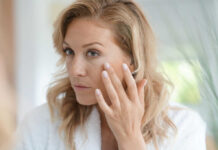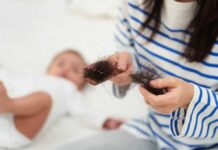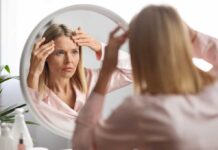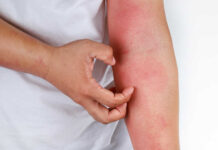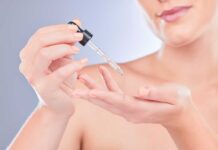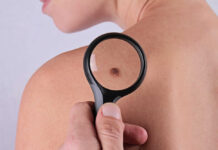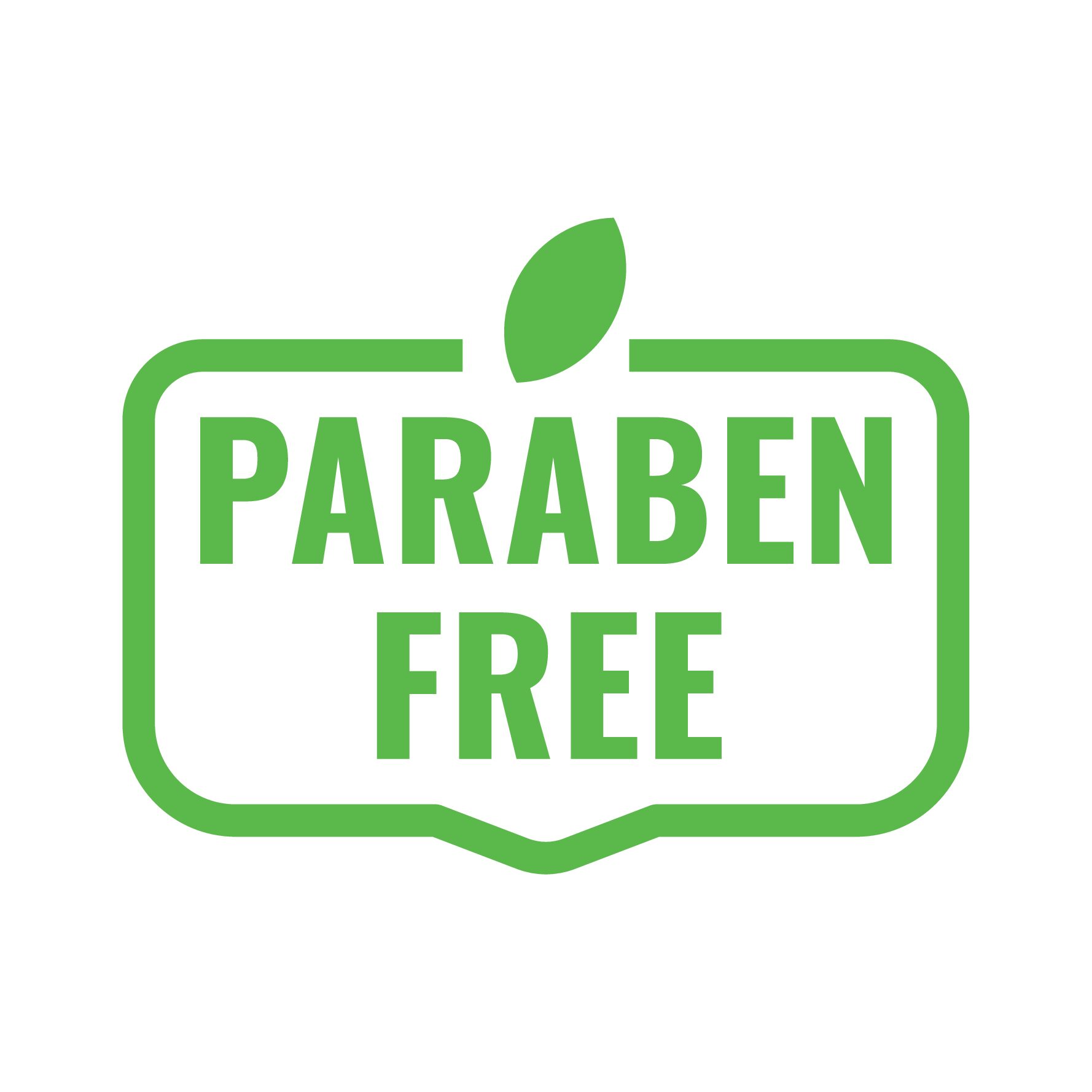
Most people don’t think about the need for preservatives in their cosmetics, but they ensure that these products don’t spoil.
Mold and bacteria can grow very quickly in moist environments, so preservatives are necessary to keep your cosmetics products safe to use for as long as possible.
For the past 100 years, the most common preservative used in cosmetics was a family of chemicals called parabens.
Recent research has questioned the safety of parabens, which has led to many new formulas being made and marketed as “paraben-free.”
Common Beauty Products With Parabens
Parabens can be found in:
- moisturizers
- lotion
- color-correcting creams
- sunscreen
- shampoo
- conditioner
- shaving cream
- blush
- lipstick
- lip balm
- petroleum jelly
The FDA doesn’t regulate cosmetics in the same way as food and drugs. They do not test and approve new products or ingredients before they are sold, but they require that products be appropriately labeled and list all the ingredients.
Paraben ingredients often have the word “paraben” in their name:
- methylparaben
- propylparaben
- butylparaben
- ethylparaben
- Isopropylparaben
- isobutylparaben
Parahydroxybenzoate is another synonym for paraben to be aware of.
Typically, multiple parabens are used together to provide the broadest protection against different types of bacteria.
Risks Associated With Parabens
Parabens are easily absorbed into the skin and can accumulate into dangerous concentrations.
Parabens can mimic estrogen, regardless of the person’s sex, and this can cause a harmful hormonal imbalance. It may negatively impact menstruation and pregnancy.
Long-term exposure and accumulation of parabens may also contribute to the growth of breast cancer cells. However, more research is needed.
Some people may experience allergic reactions to parabens. Parabens may also cause contact dermatitis, rosacea, and other skin irritations.
There is also concern about the environmental impact of paraben-containing products and their effect on other organisms and our ecosystem.
Parabens can also be found in various foods, but our bodies can more easily metabolize them when they are consumed this way compared to when they are absorbed into the skin.
Alternatives to Parabens
Though many products are currently marketed as paraben-free, it doesn’t necessarily mean they’re safer.
Parabens are very effective at controlling the growth of molds and bacteria on products, and many of the alternative options are not nearly as good as this. Some paraben-free products have recently been recalled due to bacterial or mold growth.
Some preservatives, like phenoxyethanol, are great for killing bacteria but weak against mold. Potassium sorbate, another common alternative, can kill fungi but not bacteria, and it isn’t very stable, so it doesn’t last very long.
Preservative-free cosmetics can be very dangerous to use because they can quickly become breeding grounds for bacteria and mold that can cause skin infections or other serious health problems.
If you are concerned about parabens, read labels carefully and buy products that use a balanced combination of alternative preservatives.



